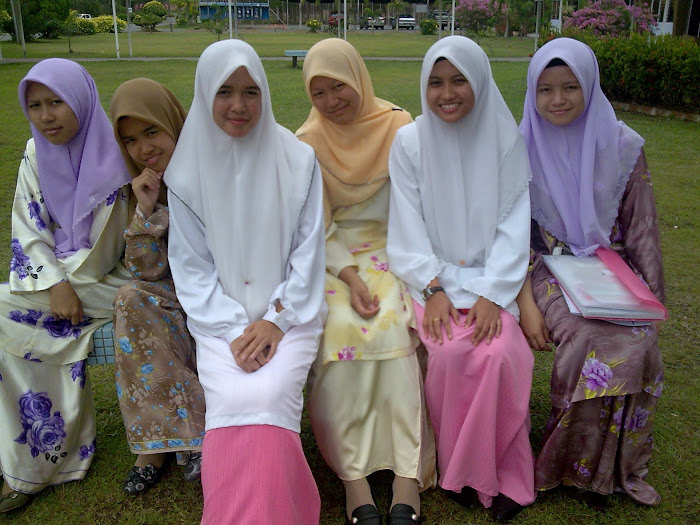What is dyslexia?
The World Federation of Neurologists defined dyslexia as ‘a disorder in children who, despite conventional classroom experience, fail to attain the language skills of reading, writing, and spelling commensurate with their intellectual abilities’. The sooner dyslexia is treated, the more favorable the outcome; however, it is never too late for people with dyslexia to learn to improve their language skills.
Children with dyslexia have difficulty in learning to read despite traditional instruction, at least average intelligence, and an adequate opportunity to learn. It is caused by impairment in the brain's ability to translate images received from the eyes or ears into understandable language. It does not result from vision or hearing problems.
What causes dyslexia? What are the different types of dyslexia?
i. Trauma dyslexia
Occurs after some form of brain trauma or injury to the area of the brain that controls reading and writing. It is rarely seen in today's school-age population.
ii. Primary dyslexia.
This type of dyslexia is a dysfunction of, rather than damage to, the left side of the brain (cerebral cortex) and does not change with age. Individuals with this type are rarely able to read above a fourth-grade level and may struggle with reading, spelling, and writing as adults. Primary dyslexia is passed in family lines through their genes (hereditary).
iii. Secondary or developmental dyslexia
Caused by hormonal development during the early stages of fetal development. Developmental dyslexia diminishes as the child matures.
What are the signs and symptoms of dyslexia?
1. Difficulty copying from the board or a book. There may be a general disorganization of written work. A child may not be able to remember content, even if it involves a favorite video or storybook. Problems with spatial relationships can extend beyond the classroom and be observed on the playground.
2. The child may appear to be uncoordinated and have difficulty with organized sports or games. Difficulty with left and right is common, and often dominance for either hand has not been established.
3. In the early grades, music and dance are often used to enhance academic learning. Children with dyslexia can have difficulty moving to the rhythm of the music.
4. Commonly, a child may have difficulty remembering or understanding what he hears. Recalling sequences of things or more than one command at a time can be difficult. Parts of words or parts of whole sentences may be missed, and words can come out sounding funny.
Many subtle signs can be observed in children with dyslexia. Children may become withdrawn and appear to be depressed. They may begin to act out, drawing attention away from their learning difficulty. Problems with self-esteem can arise, and peer and sibling interactions can become strained. These children may lose their interest in school-related activities and appear to be unmotivated or lazy. The emotional symptoms and signs are just as important as the academic and require equal attention.
SUPPORTING PEOPLE WITH DYSLEXIA
14 years ago



No comments:
Post a Comment